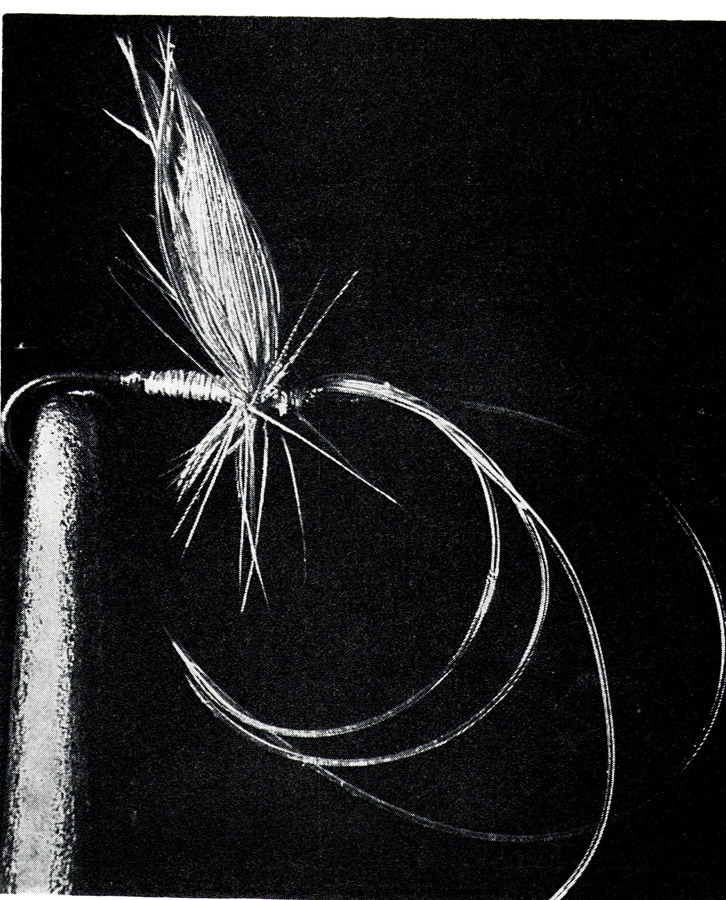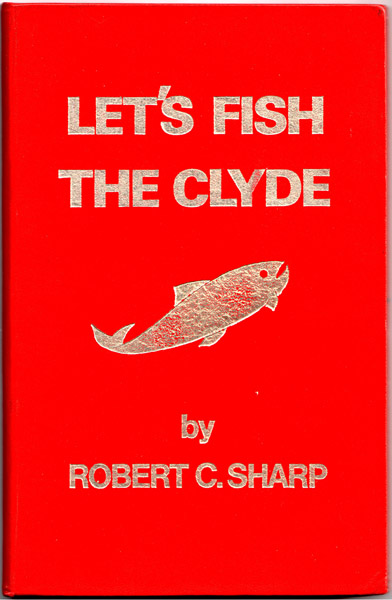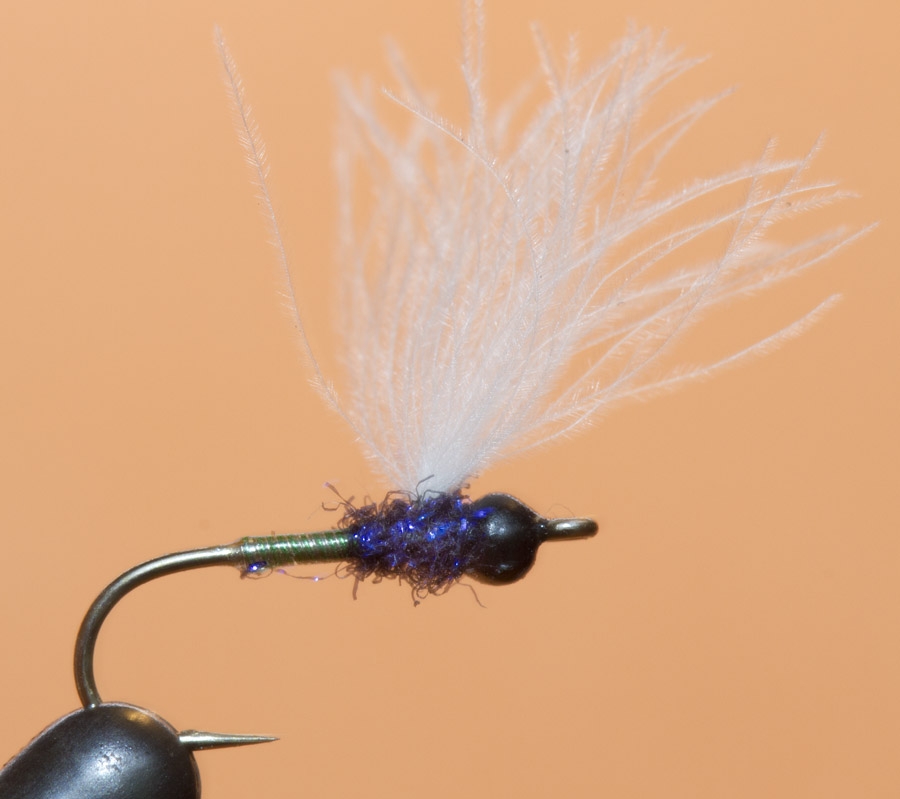“Like the North Country flies, the Clyde style of fly is very distinct from all others. Like all the best trout flies the Clyde style fly was designed and tied to match the natural insects found on this famous Scottish freestone river. These Clyde style wets are easily distinguished by their slender bodies, sparse hackles and slim wings which are tied upright. The Clyde styles of flies are supreme deceivers of both trout and grayling not only on their native waters but also further afield, where a more delicate approach for educated fish is required. With over a century of history behind these patterns, the Clyde flies will still be deceiving trout when many of the modern trout flies have been forgotten.”
http://www.northcountryflies.com/clyde-style-flies/2-DO.html
When I bought Darryl Martin’s beautiful coffee table book, The Fly Fisher’s Craft, The Art and History (Lyons Press 2006) I came across what I thought was the most beautiful fly I had ever seen.
I had long admired the sparse elegance of the Clyde-style fly and was aware that other Scottish designs such as those used on the River Tummel were even more economical in their use of materials, but this was special.
Martin omitted the body altogether and pushed the wing forward in what was very specifically a mayfly imitation.
Click in images to enlarge

Darryl Martin’s modern interpretation of the Clyde-style fly
The Clyde style flies differed from their contemporaries by having the feather-slip wing standing upright whereas most wet fly designs at the time used a down wing design which, when fished down and across, caused the wing to envelop the body. This created a sleek, nymph-like profile. The flies fished on the Clyde and the Tummel were fished upstream as W C Stewart recommended in his 1857 book, “The Practical Angler” and were not nymph imitations.

A snelled Clyde-style fly from the era before the eyed hook was first marketed in 1879.

This diagram illustrates how the Clyde-style wing was constructed
Nevertheless, those who used them always utilised a leader to which several flies were attached and must have assumed that some would sink. Lacking the means of weighting the flies the only way in which they could get them to sink more quickly was to reduce the amount of material on the hook.
As I no longer have steady hands, the flies I find easiest to tie these days are Brassies because they can be assembled with a minimum of conventional techniques. Superglue and the new UV light-cured epoxies marketed by companies like Deer Creek, Loon, Bug Bond and Clear Cure Goo, have made this possible as have tungsten beads down to 1.5 mm.
I slide the bead onto the hook, wind the wire onto the bare hook shank – there is no thread. Leaving the hook shank bare means that I can push the wire forward with my fingernail until it is snug against the bead. The wire is held in place with a tiny drop of superglue at the bend of the hook. I then cover this assembly including the bead with epoxy and cure it with the UV torch. This adds translucence and makes the fly more durable. I then attach my thread behind the bead, dub a small thorax of UV Ice Dub and whip finish.
I realised that if I added an upright wing held in place and surrounded by the dubbing behind the bead I could create a modern version of the ultra-slim Clyde-style flies based on the Brassie formula.
The two definitive books on the subject are Clyde Style Flies by John Reid published in 1971 and Lets Fish the Clyde by Robert Sharp published two years later.

The two definitive books on Clyde-style flies

They show how folded feather slips were used to create the delicate and very realistic wing.
A century and a half ago, fly tyers used the materials which were readily available to them. The Gold Ribbed Hare’s Ear, for example, used an easily obtained fur and the gold thread used in making military uniforms.
However one material which was available back then but never utilised was CDC because nobody had thought about this feather having a fly fishing application.
I realised that a CDC puff would be the ideal replacement for the feather slip wing on the traditional Clyde-style flies. There are no feather slips to marry and it has a tiny quill which makes it easy to tie in.

The author’s Clyde-style Brassie tied on a #14 hook to make it easier to photograph
There is a lot of room for experimentation here. If you exclude the bead, but keep the wire body you would have a good emerger design.
In closing: Tim Rolston showed me an easy method to get the bead onto the hook. You place your hook in the vise jaws, clamping it in an upright position just below the hook eye. This makes it easy to centre the bead over the hook point. You then remove the hook from the vise, rotate your wrist and the bead slides down to the eye



